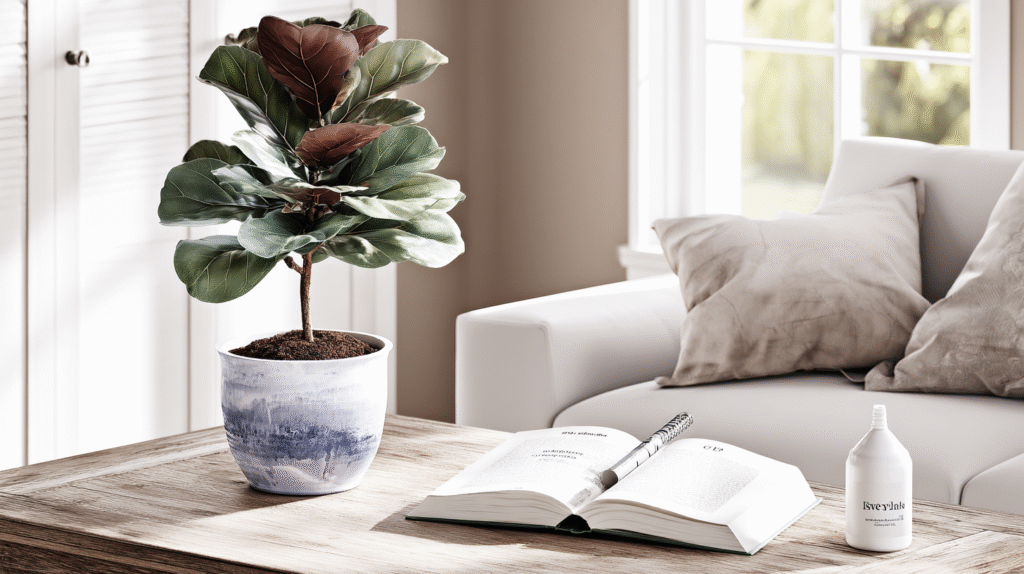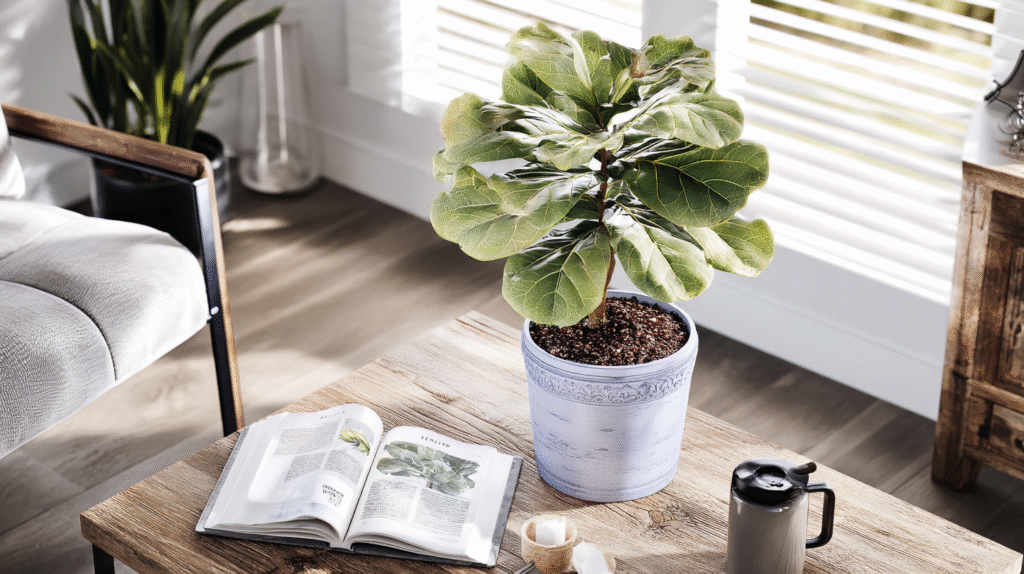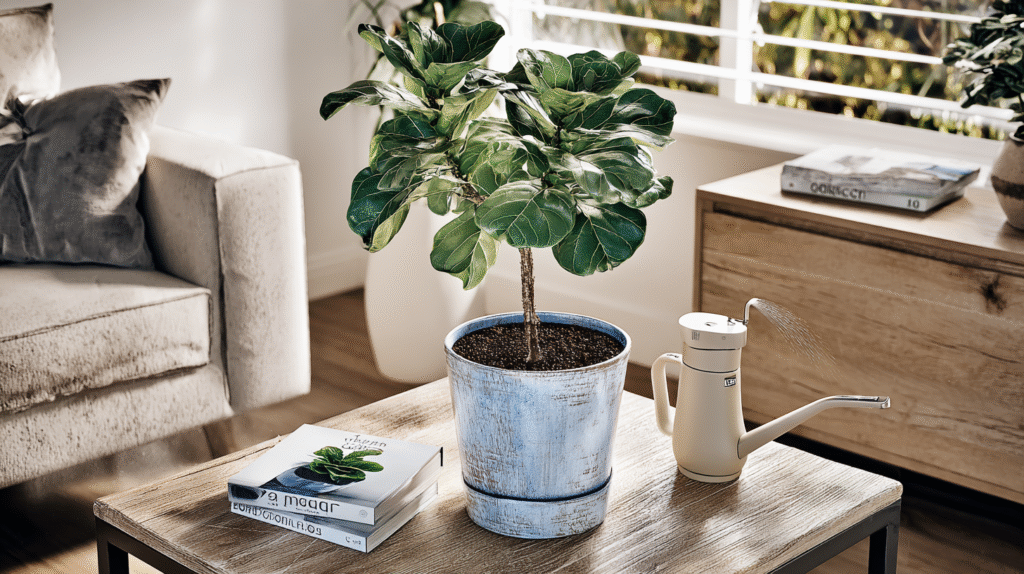My heart sank when I saw my once-proud snake plant looking like it had given up on life. Yellow leaves, brown tips, and that general “please end my misery” vibe that dying plants give off. If you’re reading this while staring at your own sad snake plant, I’ve been there. The good news? I brought mine back from the brink, and you can too.
Snake plants (Sansevieria) have this reputation for being indestructible, which makes it even more devastating when yours starts dying. But here’s the truth: they’re not actually unkillable — they’re just really good at hiding their problems until things get serious. This guide will walk you through exactly how to diagnose what’s wrong and bring your snake plant back to its former glory.
Why Your “Unkillable” Snake Plant Is Dying
Before we jump into solutions, let’s understand why your supposedly bulletproof plant is struggling. Snake plants are incredibly forgiving, but they have their limits.
The most common culprits behind a dying snake plant are:
- Overwatering (the #1 killer)
- Poor drainage
- Not enough light
- Temperature stress
- Root rot
- Pest infestations
The tricky part? Snake plants are so tough they can look fine for weeks while slowly dying inside. By the time you notice problems, things are usually pretty advanced. But don’t panic — these plants are survivors, and with the right approach, most can be saved.

Diagnosing Your Snake Plant’s Problems
Let’s play plant detective. Look at your snake plant and identify which symptoms match:
Yellow Leaves:
If your snake plant’s leaves are turning yellow, you’re likely dealing with overwatering. This is especially true if the yellowing starts from the bottom leaves and works its way up. Yellow leaves can also indicate poor drainage or sitting water.
Brown Tips:
Crispy brown leaf tips usually mean underwatering or low humidity. If the brown is soft and mushy rather than crispy, that’s overwatering striking again.
Mushy or Soft Leaves:
This is the red alert signal. Soft, mushy leaves mean root rot has set in, usually from overwatering or poor drainage. Act fast — this can kill your plant quickly.
Drooping or Falling Leaves:
When snake plant leaves start flopping over like they’ve lost their backbone, it’s typically severe overwatering or root rot. Sometimes it’s also a sign of cold damage.
Wrinkled Leaves:
If your snake plant’s leaves look like they need ironing, that’s dehydration. This is actually good news — underwatered plants are much easier to save than overwatered ones.
The Step-by-Step Revival Process
Now that you’ve identified the problem, let’s fix it. Here’s your snake plant emergency rescue plan:
Step 1: Stop Watering Immediately
Whatever you do, put down that watering can. Most dying snake plants are suffering from too much water, not too little. Give your plant a watering break while you assess the situation.
Step 2: Check the Roots
This is crucial but scary for beginners. Gently remove your snake plant from its pot and examine the roots. Healthy roots are white or light tan and firm. Bad roots are black, brown, mushy, or smell terrible.
If you find root rot:
- Cut away all mushy, black, or smelly roots with clean scissors
- Remove any yellow or mushy leaves at the base
- Let the plant air dry for a few hours
Step 3: Repot with Proper Soil
Snake plants need well-draining soil. Regular potting soil holds too much moisture. Create or buy a mix that includes:
- 2 parts potting soil
- 1 part perlite
- 1 part coarse sand
Choose a pot with drainage holes (non-negotiable!) and don’t go too big — snake plants like being slightly cramped.
Step 4: Find the Right Light
Despite what you’ve heard, snake plants don’t thrive in dark corners. They tolerate low light but prefer bright, indirect light. Move your recovering plant to a spot with better lighting, but avoid direct sunlight while it’s healing.
Step 5: Water Correctly Going Forward
Once your snake plant is repotted and positioned, wait at least a week before watering. When you do water:
- Check that the soil is completely dry first
- Water thoroughly until it drains out the bottom
- Empty the saucer so it’s not sitting in water
- Wait until soil is bone dry again (usually 2-4 weeks)

Common Mistakes to Avoid During Recovery
I learned these the hard way, so you don’t have to:
Don’t Fertilize Right Away:
Your snake plant is stressed. Fertilizer is like giving coffee to someone who needs sleep. Wait at least a month after repotting before even thinking about fertilizer.
Don’t Keep Moving It:
Pick a spot and leave it there. Snake plants hate being moved around, especially when recovering.
Don’t Panic-Water:
When you see a struggling plant, the instinct is to water it. Resist! More snake plants die from overwatering than any other cause.
Don’t Give Up Too Soon:
Snake plants are slow. Everything about them is slow. Recovery can take weeks or even months. Be patient.
Preventing Future Problems
Once your snake plant recovers, keep it healthy with these simple practices:
Water Less Than You Think:
In summer, water every 3-4 weeks. In winter, maybe every 6-8 weeks. When in doubt, wait another week.
Provide Adequate Light:
A spot near a window (but not in direct sun) will keep your snake plant much happier than a dark corner.
Use the Right Soil:
Well-draining soil prevents most problems. It’s worth investing in the right mix.
Don’t Overpot:
Snake plants bloom and grow better when slightly root-bound. Only repot every 2-3 years.
Watch for Pests:
Check for mealybugs and spider mites occasionally. Catching them early makes treatment much easier.
Signs Your Snake Plant Is Recovering
Recovery is slow, but watch for these encouraging signs:
- No more yellowing leaves
- Firm, upright growth
- New shoots emerging from the soil
- Leaves feeling firm, not soft
- Overall healthier appearance
Remember, snake plants grow slowly even when healthy. Don’t expect dramatic changes overnight.
When to Give Up
Sometimes, despite our best efforts, a plant is too far gone. If your snake plant has:
- Lost all its roots to rot
- No firm tissue left at the base
- All leaves are mushy or dead
- Severe pest infestation throughout
It might be time to start fresh. But don’t feel bad — every plant parent has been there.
Conclusion
Reviving a dying snake plant taught me more about plant care than any success story could. These supposedly indestructible plants aren’t really indestructible — they’re just incredibly patient with our mistakes until they reach their breaking point.
The key to saving your snake plant is acting quickly once you notice problems, correctly diagnosing the issue (usually overwatering), and then having patience during recovery. Most snake plants can be saved if you catch problems early enough.
Remember, the fact that you’re reading this guide shows you care enough to try. Your snake plant is lucky to have you. With proper care going forward, it can recover and thrive for years to come. Just remember the golden rule: when in doubt, don’t water. Your snake plant will thank you for it.







